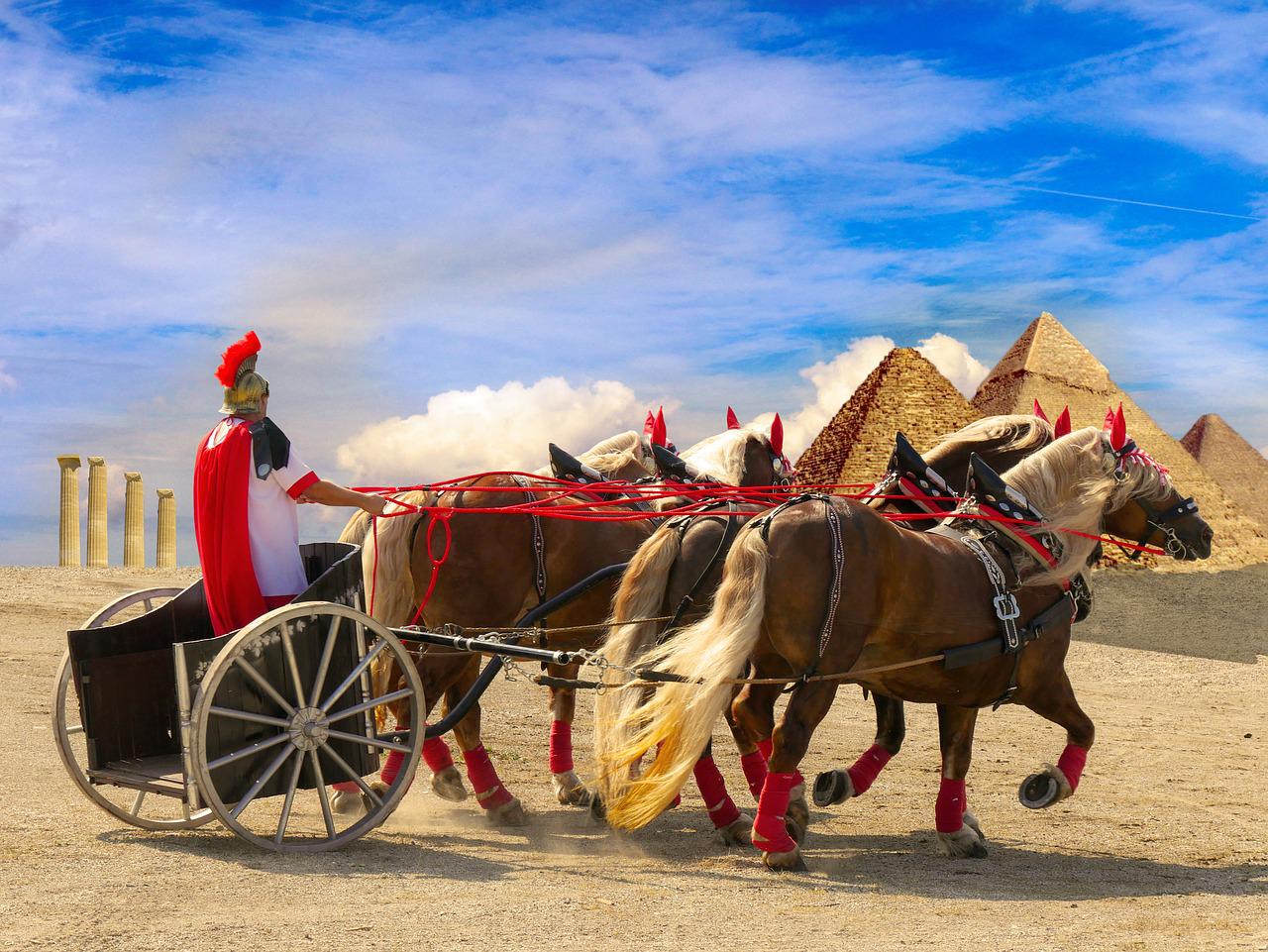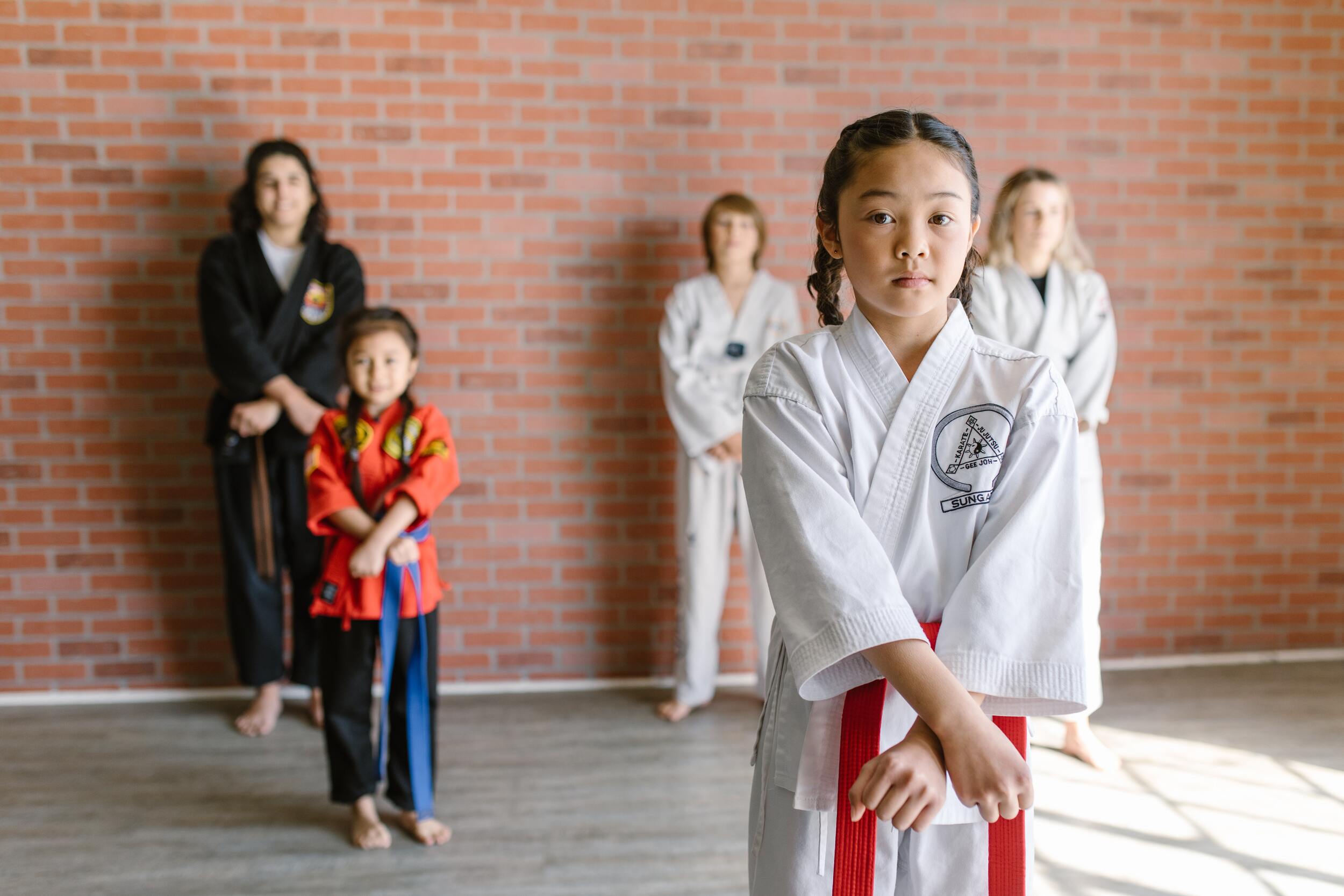In The Beginning of Karate
First of all, the word karate is a combination of two kanji (Chinese characters): kara, meaning empty, and te, meaning hand; so, karate means “empty hand. Karate is a total way of life that goes well beyond self-defense techniques and applications. Karate originates from Okinawa and was developed from the indigenous Ryukyuan martial arts. Ryukyuan martial arts were influenced by kung fu—the Fujian white crane style, to be exact, Okinawan martial arts refers to martial arts, such as karate, and Okinawan kobudō, which originated among the indigenous people of Okinawa Island. Karate is a striking art using punching, kicking, knee and elbow strikes, and open-handed techniques like knife hands. Okinawa is the birthplace of karate, and this fighting art is deeply rooted in the history and culture of the islands.

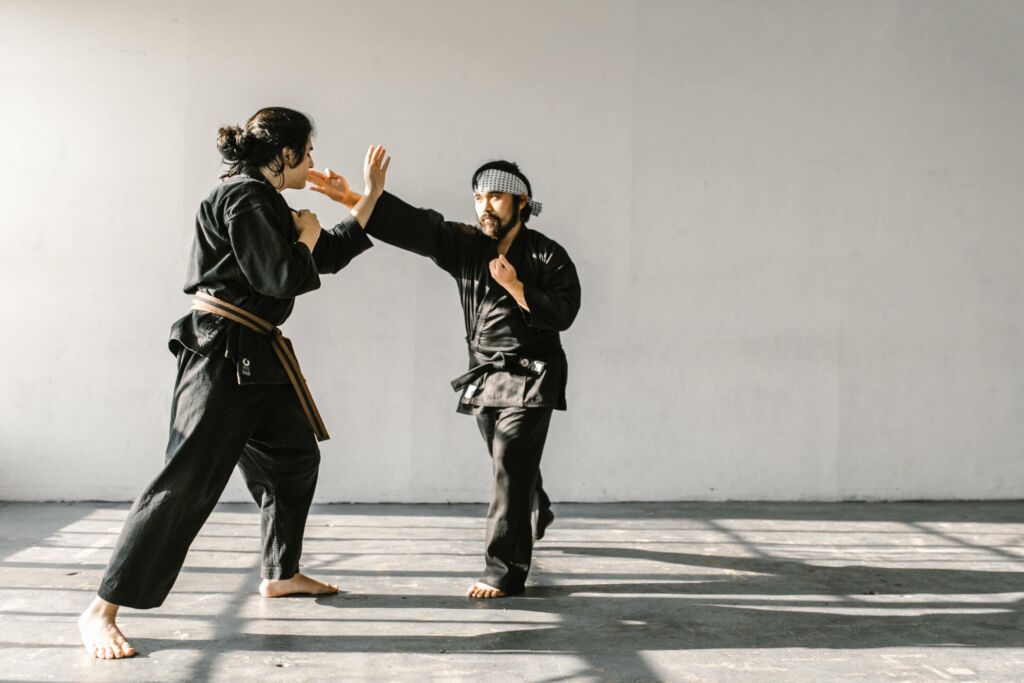
What is the oldest style of Karate?
Okinawa Shorin-Ryu is the oldest karate fighting style. Its founder, Grandmaster Sokon Matsumura, was the only person in the history of karate who was awarded the honorary title of “Bushi” by the King of the Ryukyuan Dynasty. Sokon “Bushi” Matsumura called his fighting style ShuriTe.
Who is Gichin Funakoshi?
Gichin Funakoshi was the founder of Shotokan karate-do, probably the most widely known style of karate, and he is known as a “father of modern karate”. Master Gichin Funakoshi was the first expert to introduce Karate-do to mainland Japan, in 1916. He was one of the few people to have been initiated into all the major Okinawan Karate methods, Master Funakoshi taught a combination of the Okinawan styles, as a total fighting art.
The Father of Modern Karate. Funakoshi Gichin was born on Nov 10, 1868 in Yamakawa, Shuri, Okinawa Prefecture. He was of samurai lineage, from a family that in former times had been vassals of Ryukyu Dynasty nobles. By age 11 he had already made a name for himself in Ryukyu-style martial arts. From about eleven years old he began to study to-te jutsu under Azato Anko and Itosu Anko. From Yasutsune Azato he learned Shuri-te.
Shotokan Karate is characterized by powerful linear techniques and deep strong stances. Like the word karate, Shotokan is also composed of two different kanji : Shoto, meaning “pine breeze” and kan, meaning “the place”, thus Shotokan means the place of shoto.
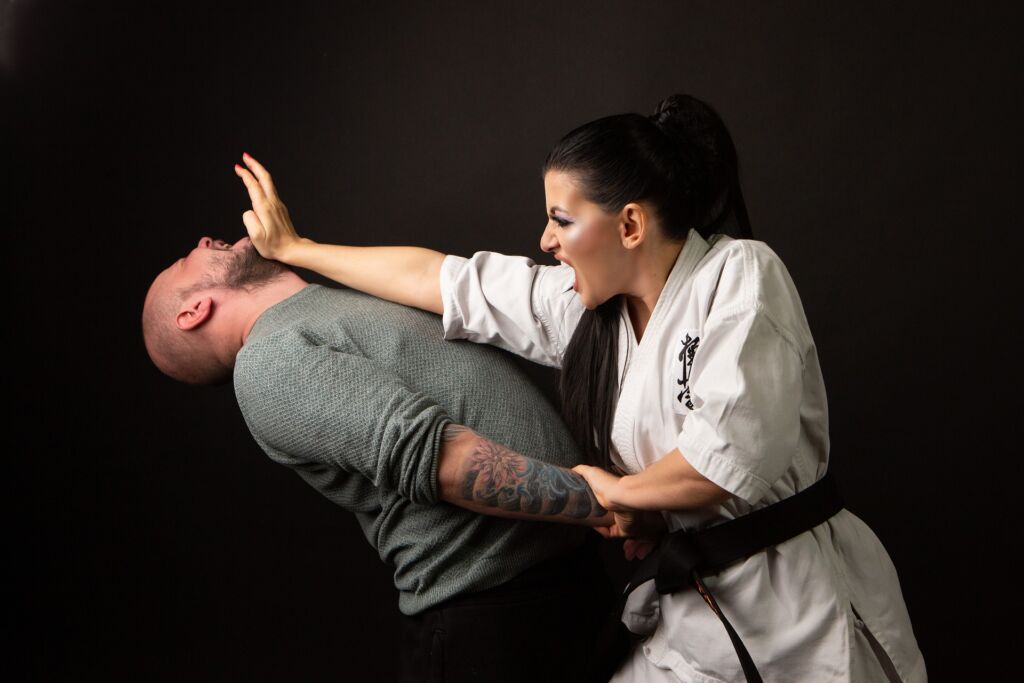
What does OSS mean?
Most people who like action movies have heard the word OSS at least one time in their life. OSS is a word used all the time in Karate. Oss is Japanese and is derived from the phrase “Oshi Shinobu.” “Oshi” means to “push” and “Shinobu” means to “endure.” Together Oshi Shibonu means “to endure even when being pushed.” Martial artists have to push forward against the resistance of their own physical and mental limitations.
What does the word or title sensei actually mean?
One of the most common and famous words in martial arts that indicates a specific title is the word sensei. The word for the title sensei is commonly translated as a teacher, although the word literally would have another meaning – a person who was born before, in karate, it means a teacher since a teacher precedes his or her students in terms of experience. There are many titles of rank and respect in martial arts. These titles are given and earned above and beyond earning the rank of black belt. In other words, just because you earn a black belt, does not mean you have earned the right to call yourself a Sensei or master. A black belt in Karate should not be called a sensei until they reach the rank of Sandan or 3rd-degree black belt. Even though some schools like to change the rules, this is a common protocol.
There Are 2 Main Types of Karate
There are two main types of karate: hard style and soft style. Hard-style karate emphasizes physical strength and power, while soft-style karate focuses on using an opponent’s energy against them. Here is a brief overview of the differences between hard and soft style karate, as well as a short list of examples of each type:
Hard-Style Karate
Hard-style karate is characterized by powerful, direct strikes and a focus on physical strength and conditioning. It is a more aggressive style of karate that emphasizes attacking an opponent with force. Some examples of hard-style karate include:
- Shotokan Karate – One of the most widely practiced forms of karate, Shotokan emphasizes powerful, linear techniques and explosive movements.
- Kyokushin Karate – Kyokushin karate is known for its emphasis on sparring and full-contact fighting. Practitioners are trained to endure pain and overcome physical limitations.
- Goju-Ryu Karate – Goju-Ryu karate focuses on close-range combat and quick, powerful strikes. It also incorporates breathing exercises and meditation to develop a strong mind-body connection.
Soft-Style Karate
Soft-style karate, which is also called “internal martial arts,” uses circular movements and focuses on turning an opponent’s energy against them. It is a more defensive style of karate that focuses on evasion and redirection of an opponent’s attacks. Some examples of soft-style karate include:
- Wado-Ryu Karate – Wado-Ryu karate emphasizes evasion and quick footwork to avoid an opponent’s attacks. It also incorporates grappling techniques and joint locks.
- Shito-Ryu Karate – Shito-Ryu karate is known for its circular movements and emphasis on using an opponent’s energy against them. It incorporates both hard and soft techniques.
- Shotokai Karate – Shotokai karate is a more meditative style of karate that emphasizes breathing exercises and a strong mind-body connection. It also incorporates circular movements and redirection of an opponent’s energy.
Hard-style karate emphasizes physical strength and power, while soft-style karate focuses on using an opponent’s energy against them. Both types of karate have their strengths and weaknesses, and the best style for an individual will depend on their personal preferences and goals.
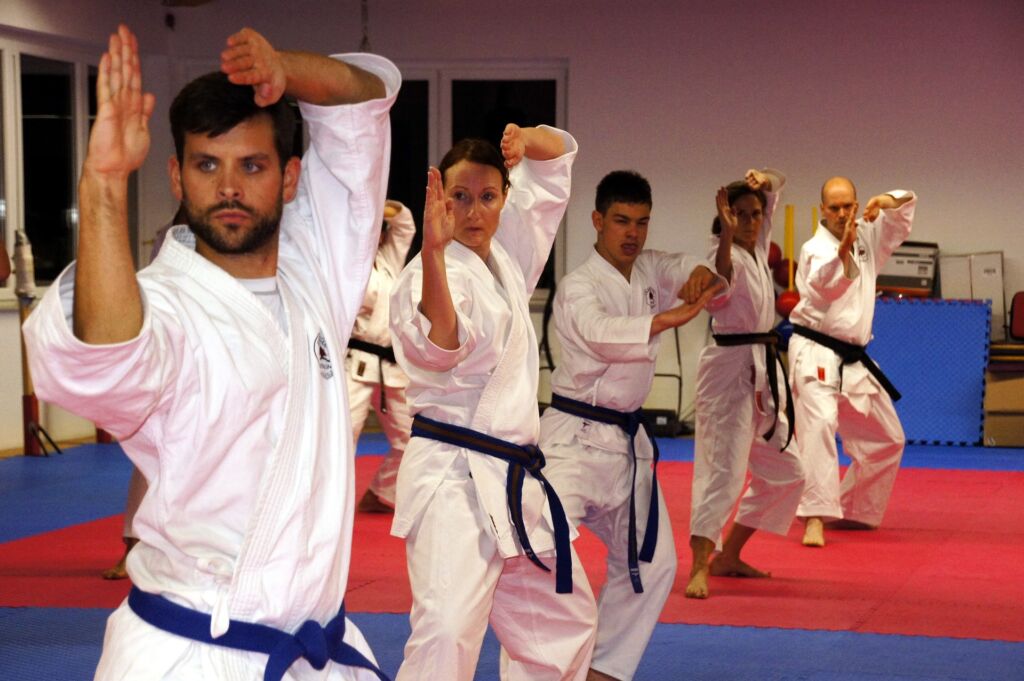
Karate For Self-Defense
Karate is a traditional Japanese martial art that has become very popular because it can help you defend yourself. Its focus on strikes, kicks, and blocks, combined with mental and physical conditioning, makes it an excellent choice for those looking to improve their self-defense skills.
One of the reasons why Karate is so good for street fighting and self-defense is its practicality. Karate techniques are designed to be simple, efficient, and effective in real-world situations. Its emphasis on strikes and kicks to vital areas of the body makes it a powerful tool in a self-defense situation.
Karate is also easy to learn, with many schools offering classes for men, women, children, and seniors. Students can start learning basic techniques quickly, and they will gradually build up their skills and knowledge as they progress. Many schools also offer specialized classes for specific groups, such as women-only classes, which can help students feel more comfortable and confident in their training.

In addition to its practicality and ease of learning, Karate is also a good choice for self-defense because it emphasizes mental and physical conditioning. Students learn how to get stronger, last longer, and be more flexible. They also learn how to improve their mental focus and discipline. This mental training can be especially helpful in self-defense situations, as it can help students remain calm and focused under pressure.
Overall, karate is a practical and realistic martial art that can be effective in self-defense situations. Its emphasis on strikes, kicks, and blocks, combined with mental and physical conditioning, makes it an excellent choice for those looking to improve their self-defense skills. And with classes available for men, women, children, and seniors, karate is a martial art that can be enjoyed by anyone who is interested in learning it.

